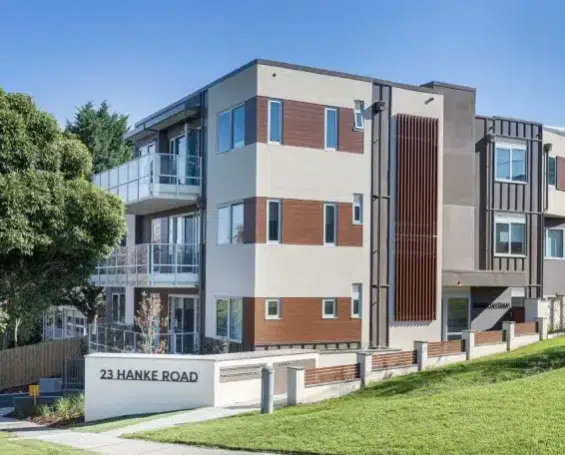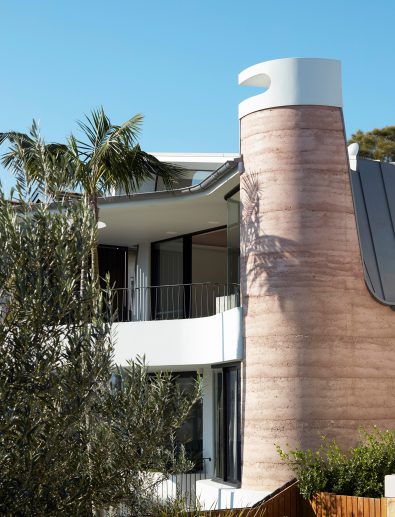Leading Fads in Residential Style You Ought To Learn About
As property design proceeds to evolve, a number of engaging patterns are shaping the method we create and inhabit our living areas. Key developments such as sustainable building methods, the integration of smart home innovation, and the surge of modular homes highlight a considerable shift towards both functionality and environmental duty.
Lasting Structure Practices
A boosting number of domestic jobs are accepting sustainable structure techniques, driven by an expanding understanding of environmental effect and energy efficiency. This change is defined by the combination of eco-friendly materials, energy-efficient styles, and ingenious building approaches. Contractors and property owners are increasingly prioritizing the use of eco-friendly resources, such as bamboo and recycled steels, which not just lower the carbon impact yet additionally boost the longevity and visual charm of residential properties.
Incorporating energy-efficient systems is another vital aspect of lasting structure - residential house architect. Attributes such as high-performance insulation, energy-efficient windows, and solar panels are ending up being criterion in new property layouts. These aspects not just add to lower energy usage but additionally offer significant long-term financial savings for house owners
In addition, the design of sustainable homes frequently emphasizes natural light and ventilation, reducing the dependence on man-made lighting and climate control systems. Landscaping techniques, such as xeriscaping, further promote sustainability by lessening water use.
As the demand for lasting living services proceeds to rise, the property architecture industry is poised to adjust and innovate, ensuring that future homes are not only eco responsible but also comfortable and practical for their owners. - residential house architect
Smart Home Technology
Smart home innovation is changing the way home owners engage with their space, boosting safety, comfort, and energy administration. This innovative strategy integrates various devices and systems, allowing users to manage their homes remotely or with automated processes. Central to this pattern is the usage of smart gadgets such as thermostats, illumination, safety and security cams, and appliances, all attached by means of the Net of Things (IoT)
Among the most attractive functions of clever home technology is the capacity to personalize setups for optimum power effectiveness. House owners can keep an eye on power usage and adjust illumination, home heating, and air conditioning based on their regimens, substantially lowering utility expenses. Advanced safety systems furnished with wise locks and surveillance electronic cameras offer tranquility of mind, allowing remote surveillance and notifies to potential safety and security violations.
Integration with voice-activated assistants improves customer experience, enabling house owners to regulate tools with simple voice commands. As innovation remains to progress, the potential for clever home systems to boost high quality of life expands, making them a crucial factor to consider in modern-day property style. Ultimately, clever home innovation is not simply a trend however a basic shift towards extra smart living environments.
Open Principle Living
Open principle living has arised as a defining feature in modern domestic style, characterized by the elimination of traditional barriers in between rooms. This style ideology advertises fluidness and connectivity within the home, permitting a smooth transition in between areas such as the cooking area, eating, and living spaces. By getting rid of walls and dividers, open principle layouts create a feeling of space, promoting an inviting environment that boosts social interaction.

Furthermore, this strategy to household style lines up with minimalism, concentrating on practical simpleness and visual coherence. Property owners value the adaptability of these layouts, which can be easily adjusted to reflect personal style with furniture arrangement and style. As open concept living remains to get grip, it stays a testimony to developing family members dynamics and the need for homes that boost link and comfort.
Biophilic Design
Biophilic style has come to be significantly substantial in residential design, highlighting the intrinsic link in between human beings and nature. This layout ideology seeks to integrate natural environments right into living areas, thereby promoting a sense of well-being and enhancing the high quality of life for passengers. By including attributes such as natural light, plants, and organic materials, biophilic layout promotes go now an unified relationship between indoor settings and the environment.
Crucial element of biophilic style consist of big home windows that offer unobstructed views of exterior landscapes, living walls that introduce greenery into insides, and open flooring strategies that motivate air movement and all-natural light infiltration. Water features, both within and outside the home, offer to develop soothing environments and enhance sensory experiences.
Furthermore, the use of lasting products not only sustains environmental stewardship yet likewise adds to much healthier indoor air high quality. As recognition of ecological issues rises, house owners are increasingly focusing on designs that reflect their link to nature. Basically, biophilic style not only raises visual appeal but also addresses emotional and emotional requirements, making it an essential pattern in contemporary domestic architecture.
Modular and Prefab Homes

In addition, prefab and modular homes are made with sustainability in mind. Several producers make use of green straight from the source materials and energy-efficient systems, such as solar panels and advanced insulation techniques, adding to minimized power usage and lower energy bills for property owners. The flexibility of style options permits for customization, satisfying diverse aesthetic preferences and practical demands.
As the demand for cost effective housing remains to rise, prefab and modular homes provide a sensible option, addressing both economic and ecological obstacles. Neighborhoods are increasingly acknowledging the possibility of these structures, incorporating them right into urban and rural setups. Generally, the trend towards modular and prefab homes represents a shift toward a lot more lasting, efficient, and adaptable living atmospheres, making them a crucial aspect of contemporary property style.
Final Thought
Finally, the evolving landscape of residential architecture showcases considerable patterns that focus on technology, sustainability, and well-being. Sustainable building practices and clever home modern technologies enhance efficiency and comfort, while open principle living and biophilic style foster social interaction and a link to nature. The surge of prefab and modular homes supplies adjustable and economical solutions, mirroring a broader shift towards useful and accountable living. These trends jointly emphasize a commitment to producing unified and cutting-edge property settings.
Secret advancements such as sustainable structure practices, the assimilation of wise home innovation, and the rise of modular homes underscore a significant change towards both capability and environmental duty.The surge of modular and prefab homes has changed the residential click style landscape, providing innovative solutions for efficient and lasting living.In addition, prefab and modular homes are made with sustainability in mind. In general, the fad toward prefab and modular homes represents a shift towards more lasting, effective, and adaptable living settings, making them an essential aspect of contemporary property style.
Sustainable structure techniques and smart home modern technologies boost performance and benefit, while open principle living and biophilic design foster social interaction and a connection to nature.